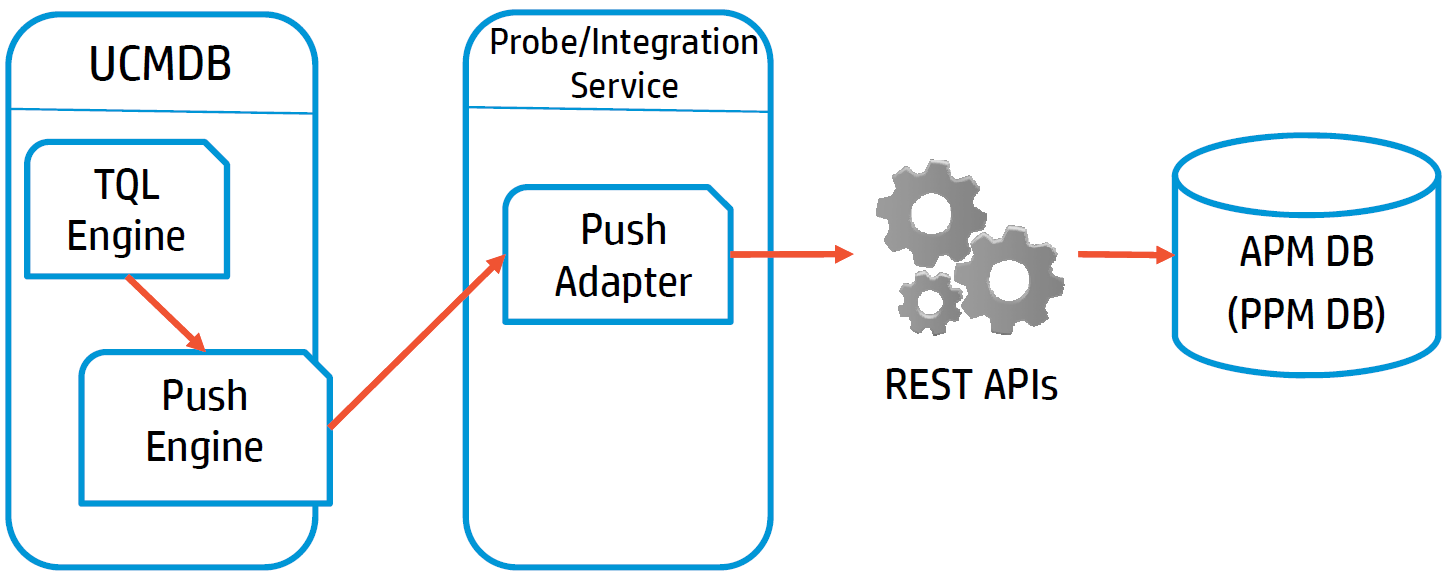Searching the Help
To search for information in the Help, type a word or phrase in the Search box. When you enter a group of words, OR is inferred. You can use Boolean operators to refine your search.
Results returned are case insensitive. However, results ranking takes case into account and assigns higher scores to case matches. Therefore, a search for "cats" followed by a search for "Cats" would return the same number of Help topics, but the order in which the topics are listed would be different.
| Search for | Example | Results |
|---|---|---|
| A single word | cat
|
Topics that contain the word "cat". You will also find its grammatical variations, such as "cats". |
|
A phrase. You can specify that the search results contain a specific phrase. |
"cat food" (quotation marks) |
Topics that contain the literal phrase "cat food" and all its grammatical variations. Without the quotation marks, the query is equivalent to specifying an OR operator, which finds topics with one of the individual words instead of the phrase. |
| Search for | Operator | Example |
|---|---|---|
|
Two or more words in the same topic |
|
|
| Either word in a topic |
|
|
| Topics that do not contain a specific word or phrase |
|
|
| Topics that contain one string and do not contain another | ^ (caret) |
cat ^ mouse
|
| A combination of search types | ( ) parentheses |
|
Overview
The integration between HPE APM and HPE Universal CMDB (UCMDB) enables you to share information from UCMDB with HPE APM.
You can use the integration to automate the creation and update of requests in HPE APM, freeing you from repetitive and manual input of information in HPE APM. This also ensures that HPE APM is kept up to date with real, accurate, discovered data in your environment.
The following table provides an overview of the HPE APM integration with UCMDB:
| Integration direction | From UCMDB to HPE APM |
| Integration technology | Push adapter |
| Pushed data | CIs created in UCMDB are pushed to HPE APM to create requests in HPE APM |
| HPE Universal CMDB adapter | HPE APM Push Adapter (APMPushAdapter) |
How Data is Synchronized Between HPE APM and UCMDB
When referring to the concept of data information, it is important to distinguish between a UCMDB CI (Configuration Item) and an HPE APM Application. Both are defined in a different Data Model, and there must be a conversion before transferring CIs in UCMDB to Applications in HPE APM.
The following graphic shows the high-level components of the integration:

Note The Push Adapter is executed in the Data Flow Probe/Integration Service process.
UCMDB stores its information using CIs. The integration chooses which data to pull from UCMDB by defining integration TQL queries. Each TQL query defines a superset of data relevant for the integration.
The UCMDB Push Engine:
- Retrieves the required data from UCMDB, using the given TQL query.
-
Filters the data to include only the data that has changed since the last execution of this synchronization.
-
Splits the data into multiple chunks without breaking consistency.
- Sends the information to the Probe/Adapter.
The Push Adapter is a generic framework for easily configuring push adapters, using only XML and Groovy. It allows easy mapping of the data from the UCMDB data model into the HPE APM data model, and the transfer of this converted data into the HPE APM database through REST APIs called from HPE APM.
For more information about push adapter, see Developing Push Adapters in the HPE Universal CMDB Developer Reference Guide.
For details about REST APIs that this integration call from HPE APM, see REST APIs Called in the Integration.
For entity mappings and field mappings between HPE APM and UCMDB, see Default Entity and Field Mappings between HPE APM and UCMDB.











